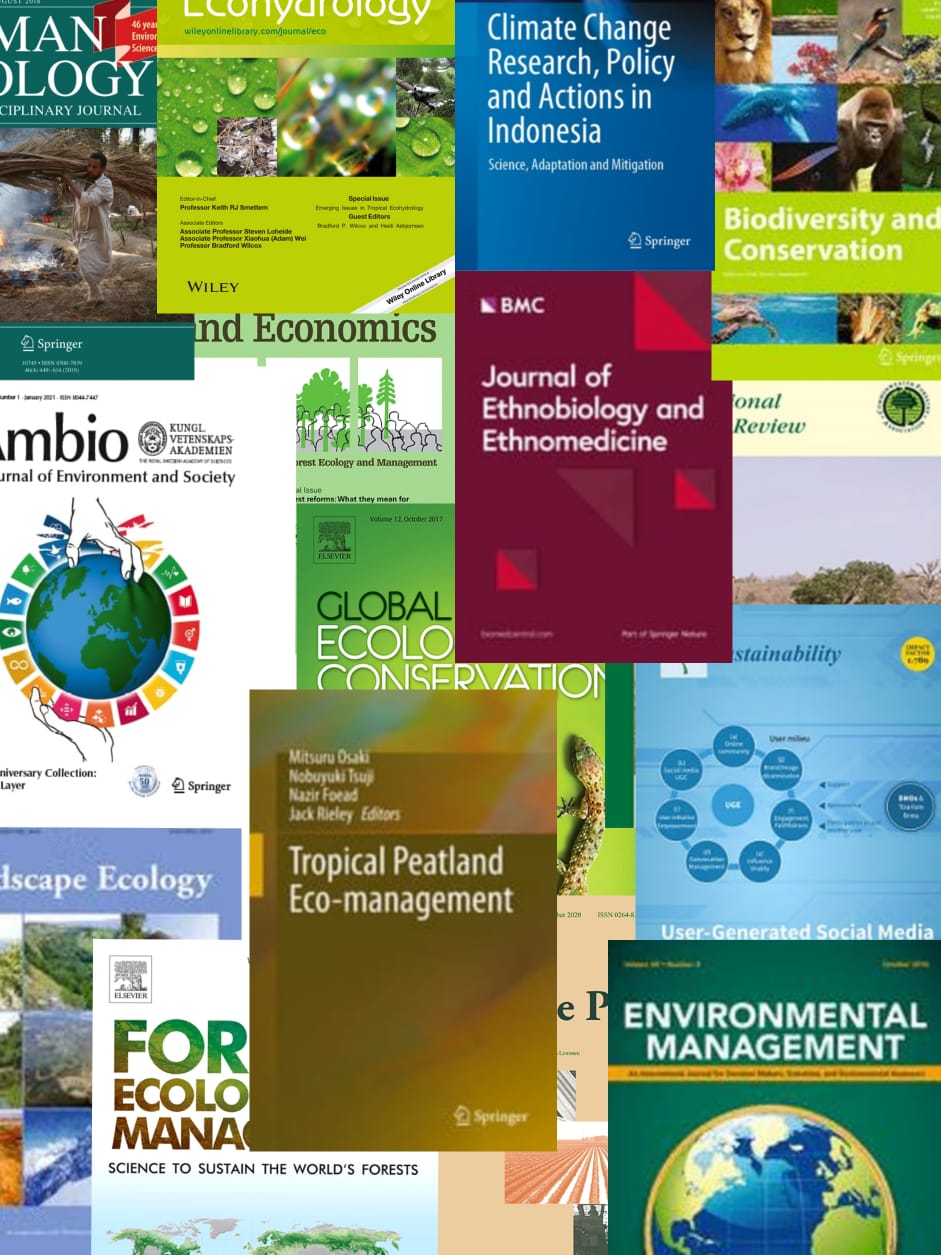This is one of a series of reports prepared during 1999 by the European Union funded Forest Fire Prevention and Control Project (FFPCP), which together cover the field-level prevention, detection and control of vegetation fires in Sumatra, Indonesia. The FFPCP has gained considerable practical experience in the management of peat and coal seam fires in South Sumatra, where it works in cooperation with the Provincial Forestry and Estate Crops Office. The safety of firefighters is paramount. Full protective clothing, training, rigid discipline and a knowledge of first aid are essential prerequisites before fire control is attempted. Numerous fires that burned in an extensive zone of coastal peat swamp in Pampangan to the east of the main town of Palembang, were a primary source of the trans-boundary smoke haze that blanketed the region from September to mid-November 1997. The wetlands are extensively and heavily exploited. Widespread commercial land clearance, to eliminate undergrowth and so facilitate log extraction, started many of the larger fires that then escaped control. Deliberate firing to clear land for pulpwood and oil palm plantations also contributed to the damage. Burning by many individuals (intended to clear smaller patches for sonor rice cultivation and to simplify the netting of fish) also escaped in the drought and added greatly to the damage. It is estimated that up to 500 000 ha of the 3 000 000 ha of coastal wetlands in South Sumatra were fire-affected in 1997. FFPCP supervised the containment of several fires in these deep-peat swamp forests. Fire-lines were dug down for 2-3 m to the mineral soil and the fires were prevented from spreading to adjacent expanses of unlogged primary forest. The fires were fought with the combined use of hand-tools, backpack sprayers, and pumps and hoses. Although these zones are classified as swamps, water supply was always limited in the 1997 drought. In some places 2.5×2.5×2.5 m pits dug as water collection points for firefighting took 24 h to replenish by seepage. In other areas water had to be brought to the site through a 10 km specially laid main. On average it took 40 men 3 days to contain an individual fire. Limited water supplies coupled with the deep-seated nature of the fires, meant that total suppression was impossible and the fires were only extinguished after 2 months by the onset of the rains and the rising watertable. Fire prevention is essential if there is not to be a further reduction of the wetland ecosystem and future trans-boundary smoke haze. Government must prohibit conversion to plantations, a practice that leads both to direct loss of land and to major wildfires. The draining of new zones must also be forbidden. Training and equipping an adequate force of field-based firefighters is a priority. Once such a force is in place the limited use of helicopters to rapidly move man and machinery to prevent small fires becoming uncontrollable should be considered. Surface coal seams are found in Muaraenim Regency in the centre of the Province. Coal seam fires are extremely laborious to extinguish but in South Sumatra the fire-fronts progress less than 5 m per year. Thus only if expensive and essential infrastructure is threatened is there a need to consider digging out the seat of the fire or diverting streams to flood the area and extinguish the coal. In most instances isolation from flammable surroundings provides sufficient control. FFPCP oversaw the containment of 4 coal seam fires. All were of long-standing duration and were burning in pulpwood plantations where they were potential ignition sources. Wide firebreaks were scraped down to bare ground around the burning patches, and a system of fire-watchers arranged for the duration of the dry season. This was a much cheaper alternative than attempting to extinguish the fire.
Keyword(s)
air pollution, coal, drought, ecosystems, fire control, fire detection, fire fighting, fire prevention, fire suppression, firebreaks, fires, forest fires, helicopters, international cooperation, land clearance, land use, peat, safety, smoke, swamps, training, water supply, wetlands, European Union, Indonesia, Sumatra, Europe, APEC countries, ASEAN Countries, Developing Countries, South East Asia, Asia, atmospheric pollution, Common Market, EC, EEC, European Communities, European Economic Communities, fire detection and reporting, fuelbreaks, land clearing, water supplies, Forest Fires (KK130), Energy (PP100), Land Resources (PP300), Water Resources (PP200), Pollution and Degradation (PP600), Wetlands (PP320)

